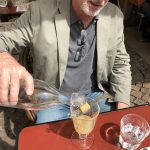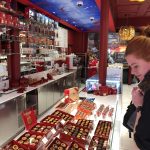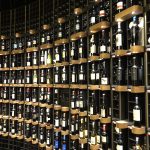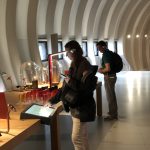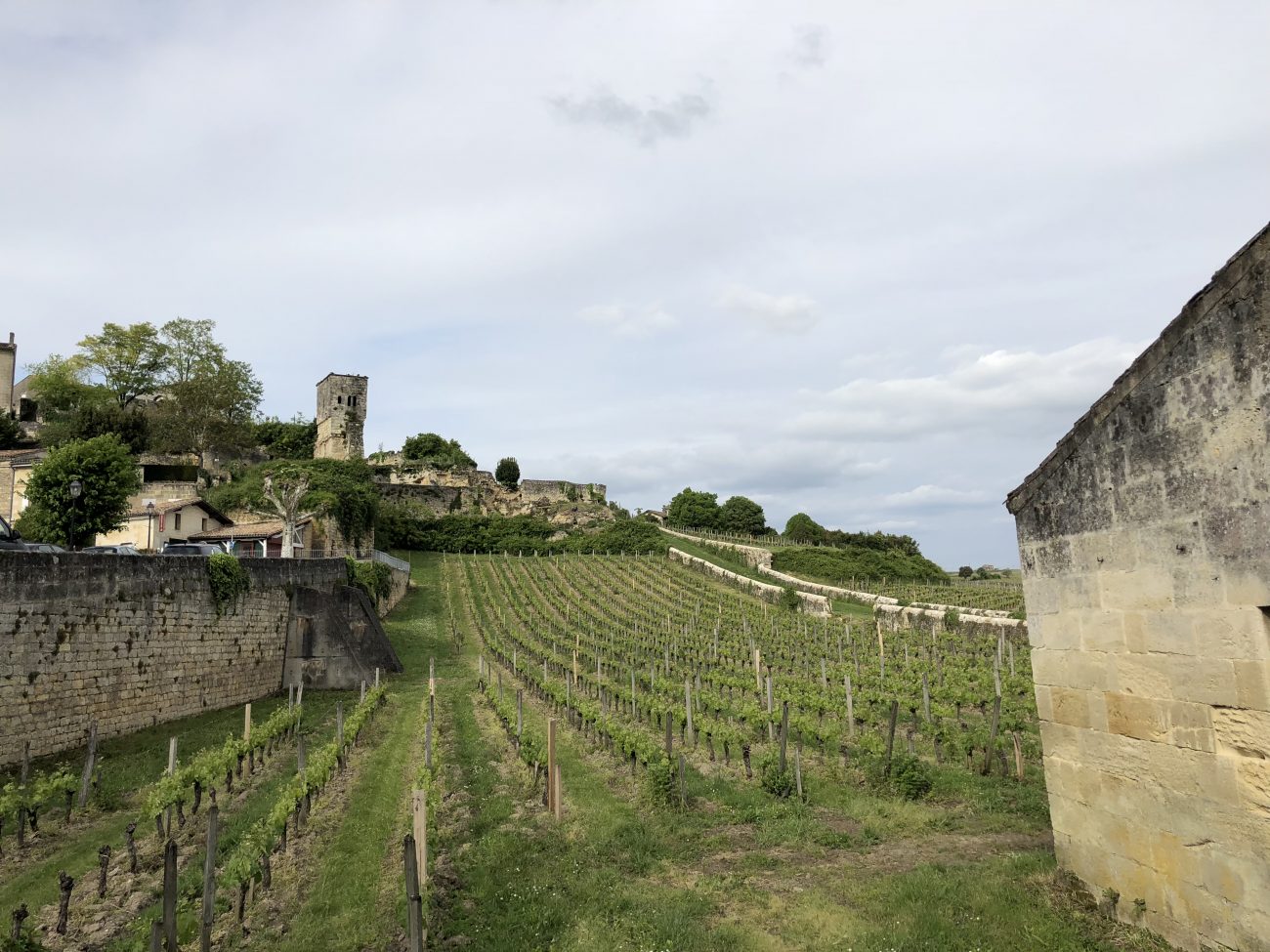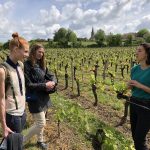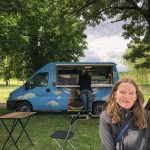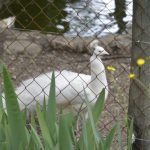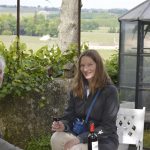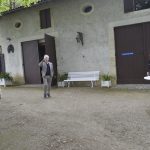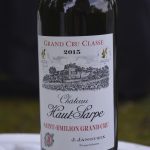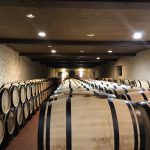Following our day in the St. Emilion vineyards, we hopped the train to Bordeaux, a 35-minute ride to the sizable city where Phyllicia led us on a walking tour around some of the sights, including the “mirror” at Place de la Bourse, before we stopped for lunch (and an absinthe) on the sunny afternoon.
We continued on the tram to the La Cite du Vin, the wine museum where we learned everything we need to know about wine making and more before we discovered Phyllicia’s hidden motive in taking us to Bordeaux — the caneles, a sweet treat we purchased at a colorful shop.
We headed back to St. Emilion for a memorable fireside dinner at L’Envers du Decor: delicious oysters followed by a beef dish with Bearnaise sauce, a 2010 Saint Emilion Grand Cru, all topped off with soufflés and a 20-year-old cognac.

What can you say about St. Emilion, the little medieval town located a half hour away from Bordeaux that makes some of the world’s best wine. We knew about the wine, but the scale of the area with easy access to more vineyards than you can handle — and the lack of pretense when you arrive — made me wonder why I ever went to Napa and Sonoma (I guess because they’re closer to home). Wine stores and tasting rooms in town are everyone, but the experience was the next day when we decided to walk down the road about 30 minutes to a few small vineyards. We were in for a surprise, and thanks to Phyllicia for arranging it.

The first winery was La Chateau Saint Christophe, a tiny family owned vineyard in the seventh generation. Xavier, of the sixth generation, greeted us on our walk up and set out four wines, explaining everything we needed to know about the Bordeaux region, benefits of the limestone and clay soil, why 2009 and 2010 were such good years, and much more (though he did say there was no such thing as a good wine, just a good bottle). Being our first stop, I was cautious but walked away with a 1998 Grand Cru.

Next stop was Chateau Coudert where Claire provided a tour, beginning in the vineyard. Claire’s walk through of the process, the blending of Merlot and Cabernet Franc, was a perfect introduction to the tasting, and it was easy to see why 2010 was such a good year — and that was the bottle we purchased. But we didn’t leave then, there was a food truck we had ordered duck and burgers with fois gras and guacamole. That may seem like a strange combination but like everything else here it worked. The 2010 we drank with it didn’t hurt.
And off to the third and final stop, and the biggest surprise, Chateau Haut Sarpe, a sprawling property with a white peacock, plenty of other birds and no one around. That is until Jean-Philippe and his dog met us. He introduced himself as the gardener, though we learned he is much more, and he took us on a tour of the property, where we got to taste a glass of the 2016 Merlot and a glass of the 2016 Cabernet Franc in separate glasses, and then blend them ourselves, as they will do soon to make their Grand Cru. He also let us pull the Merlot from the barrel, quite a treat.
He took us to the tasting room where he opened a bottle of 2015, which he said showed “great promise.” He gave us three glasses and told us to take the bottle and walk around the property. He asked us to leave the bottle on a barrel when we were done and take the glasses with us. And before he left, he called Gary into a barn where there were two French roadsters, 1927 and 1929.
So what do we think of visiting St. Emilion? All the tastings were free, the bottles we purchased were no more than 20 euros, and it was as relaxed as wandering on your grandmother’s farm. More than that, everyone we met was happy, friendly and made us feel at home. And why not, you’re in St. Emilion.
Finally, some insight from our hosts:
- Vines, like us, can last 100 years, and they may produce less, but what they do is very good
- Wine is alive and will do want it wants
- There is no such thing as a good wine, just a good bottle
- Wine does not like to travel much
- When a wine is too young, the flavors don’t blend; they need time to become friends




